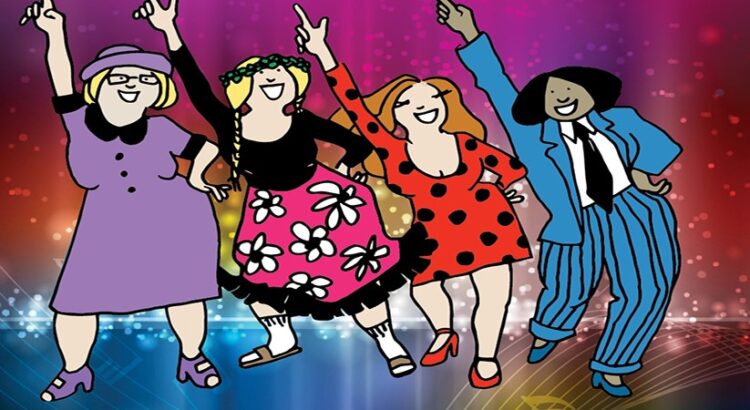Unlike what the title suggests, Orpheus in the Underworld (Orphée aux enfers) didn’t focus much on Orpheus being in the Underworld nor did it remain true to the romantic and sorrowful story told in Greek myths. Instead, what SMTD brought to life was a goofy comedy contrasted with powerful French opera, and they described it as “a cheeky twist” on the famous love story between Orpheus and his wife, Eurydice.
In mythology, Orpheus and Eurydice were deeply in love, so when Eurydice met her untimely death, he played the lyre (an instrument similar to the harp) and used his musical genius to charm his way into the Underworld and bring her back to the world of the living.
In this version, the two shared a terrible marriage and were both cheating on each other. They portrayed Orpheus as a lackluster violinist, which was one of the many things that drove his wife crazy. Eurydice constantly asked for a divorce, but Orpheus always refused with sweet words. He had a different plan in mind to get rid of her. When Eurydice died, he jumped with joy; however, his happiness was short-lived when soon after he was threatened by Public Opinion to save his wife and thus dragged to the Underworld.
Operas place a greater importance on music than storytelling, so although the dialogue was in English, the majority of the show was in French. Orpheus in the Underworld was performed at The Power Center for the Performing Arts, and they provided screens with English subtitles for the audience to follow along. Some technical difficulties threw off the timing of the words, but I wasn’t that disappointed since the students’ acting and singing were so captivating it felt like a waste to take my eyes off them.
The story took place in the late 1950s, so all of the backdrops, from the farm to Olympus and the Underworld, were all unique. I also loved the wardrobe, especially the outfits of the gods. They were totally different from the traditional white robes I normally associate with Greek mythology. My favorite costume was when Jupiter, also known as Zeus, transformed into what was supposed to be a seductive fly.
Overall, I had fun! It was my first time watching an opera, and it combined humor with musical prowess. I’ve really enjoyed each of SMTD’s productions and look forward to watching more.







